Teaching the New Tools of Monetary Policy
Resources for teaching the Fed's monetary policy tools in an ample-reserves framework.
{{searchResultSnippet}}
 Back to All
Back to All
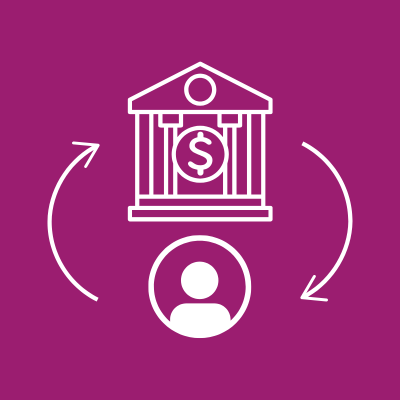
This video assignment combines history and economics and describes the period of financial turmoil between the closing of the Second Bank in 1836 to the founding of the Federal Reserve System in 1913.
A full three-quarters of a century passed between the Second Bank's demise in 1836 and the passing of the Federal Reserve Act in 1913. So what happened during all that time? The United States didn't have a central bank and that led to problems. For more than 25 years there was no federal banking regulation at all. Banks were chartered by states and in some of those states legislators controlled who received charters to open banks. This led some unscrupulous people to bribe state legislators. Why were they bribed? To give certain people bank charters while barring others from getting them. In time more than 15 states sought to remedy this influence peddling by passing free banking laws. These laws allowed anyone to open a bank so long as they met some very minimal requirements. But what about paper money? Who supplied that? Well throughout this period banks, and sometimes even companies, issued their own bank notes, and some of these notes were very untrustworthy because of unsafe banking practices or even outright fraud. You like the cow, eh? Cost you ten dollars. Fair price, ...five, six... Wait, wait a minute. I''ve never seen those before. What bank are they from? They're from Stormy Ridge Bank, as you can see. Stormy Ridge Bank? I never heard of them. In 1863, while the Civil War raged, Congress passed the National Banking Act. The law promoted nationally chartered banks which could issue notes that were backed by US treasury securities. The National Banking Act also established the Office of the Comptroller of the Currency. ... The OCC provided oversight of those national banks. Now, with a more uniform currency, a dollar from any of those banks could be trusted to be worth a dollar throughout the country. The National Banking Act was passed during the Civil War, 50 years before there would be a Federal Reserve. During those years there was plenty of time to have some pretty serious financial crises.

Teaching the New Tools of Monetary Policy
Resources for teaching the Fed's monetary policy tools in an ample-reserves framework.
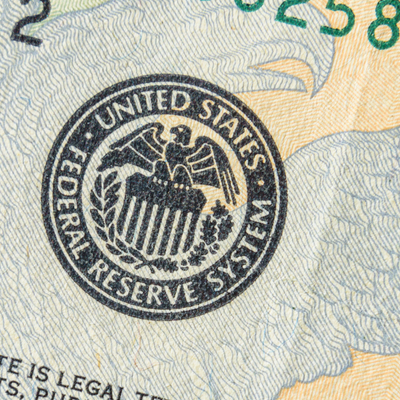
Making Sense of the Federal Reserve
Introduce the structure of the Federal Reserve and the basics of monetary policy.
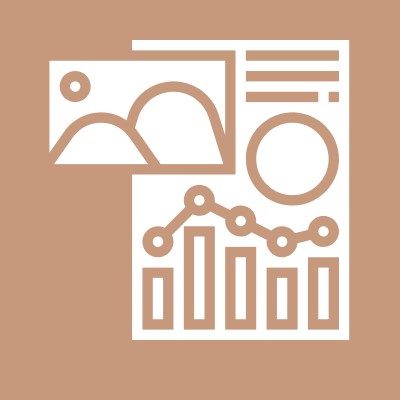
Fiscal & Monetary Policy
Define fiscal and monetary policy and highlight their differences.
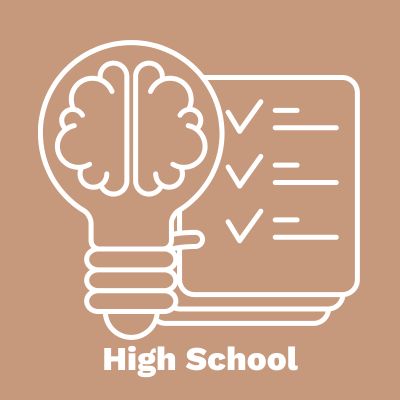
What Happens When the Federal Reserve Raises Interest Rates?
Demonstrate how a change in the target range for the federal funds rate transmits through the economy.
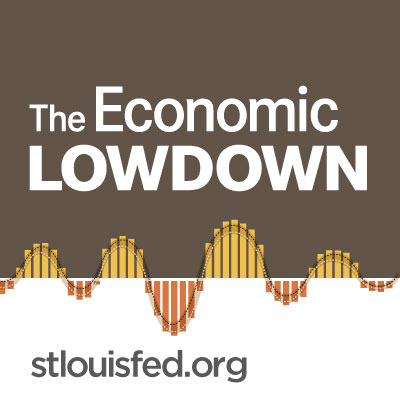
Econ Lowdown Podcast Series
21 Economics audio assignments for your classroom
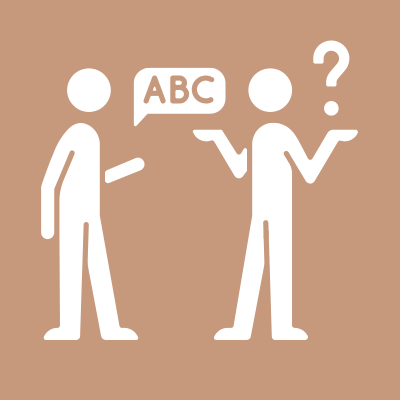
Jargon Alert: Helicopter Money
Learn about a tool to stimulate economies and fight deflationary pressures.
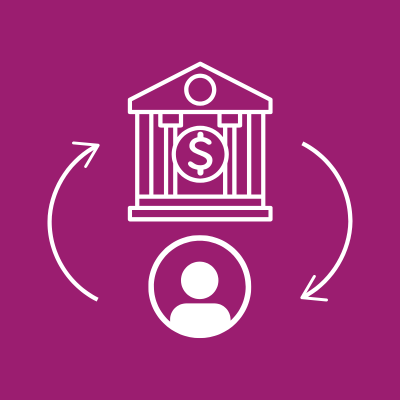
Boom Times and Bubbles: The Internet Age
Learn about the Monetary Control Act of 1980.

Central Banking
Learn the basics parts a central bank.

Creation of the Federal Reserve
Learn about banking panics, recessions, and depressions in the U.S. during the 1800s.

Inflation, Deflation, and Disinflation
Learn the differences between inflation, deflation, and disinflation.

Inflation, the Fed, and You
Learn what causes inflation.

Introduction to the Federal Reserve
Introduce the Fed’s three main functions.

Monetary Policy Fed and You
See how the Fed conducts monetary policy.

Money Versus Barter
Learn how money solves problems created by barter systems.

Price Stability
Learn the importance of price stability.

Stagflation in the 1970s
How did Federal Reserve Chairman Paul Volcker contain inflation, spurred economic growth, and reduced unemployment?
{{resourceTitle}}
{{resourceBlurb}}